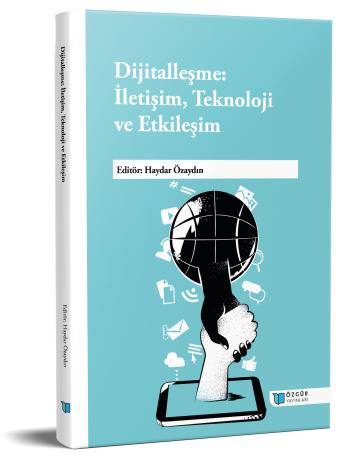
Therapist–Client Boundaries in a Digitalized World: Social Media and Bidirectional Interactions
Chapter from the book:
Özaydın,
H.
(ed.)
2025.
Digital Communication: Technology And Interaction .
Synopsis
This book chapter explores how professional boundaries between therapists and clients are being redefined in an increasingly digitalized world, with a specific focus on the ethical, clinical, and relational risks emerging through social media–mediated dual relationships. The widespread use of digital technologies, especially social media platforms, has rendered professional boundaries more visible, permeable, and at times ambiguous. Clients following their therapists online, therapists sharing personal content, or engaging in direct or indirect digital interactions can blur the therapeutic frame and give rise to new forms of dual relationships. The chapter examines how these digital boundary crossings influence transference and countertransference dynamics, therapeutic trust, confidentiality, and the balance of power. It also reviews existing ethical guidelines by major professional bodies such as APA and BPS, and highlights the lack of specific regulations in the Turkish context. In response to these challenges, the chapter offers practical recommendations on preserving professional boundaries in the digital age—such as creating social media policies, managing professional identity online, and safeguarding digital privacy. This work aims to provide clinicians with a reflective and applicable framework for maintaining ethical awareness and boundary integrity amidst the rapidly evolving digital landscape.

